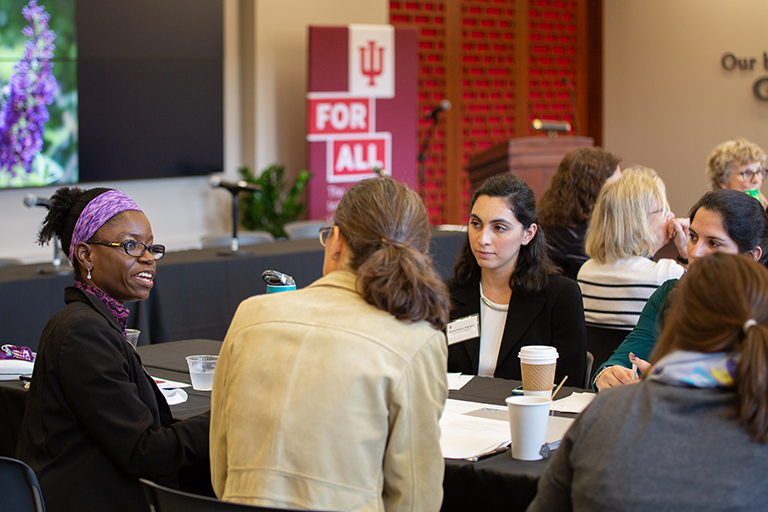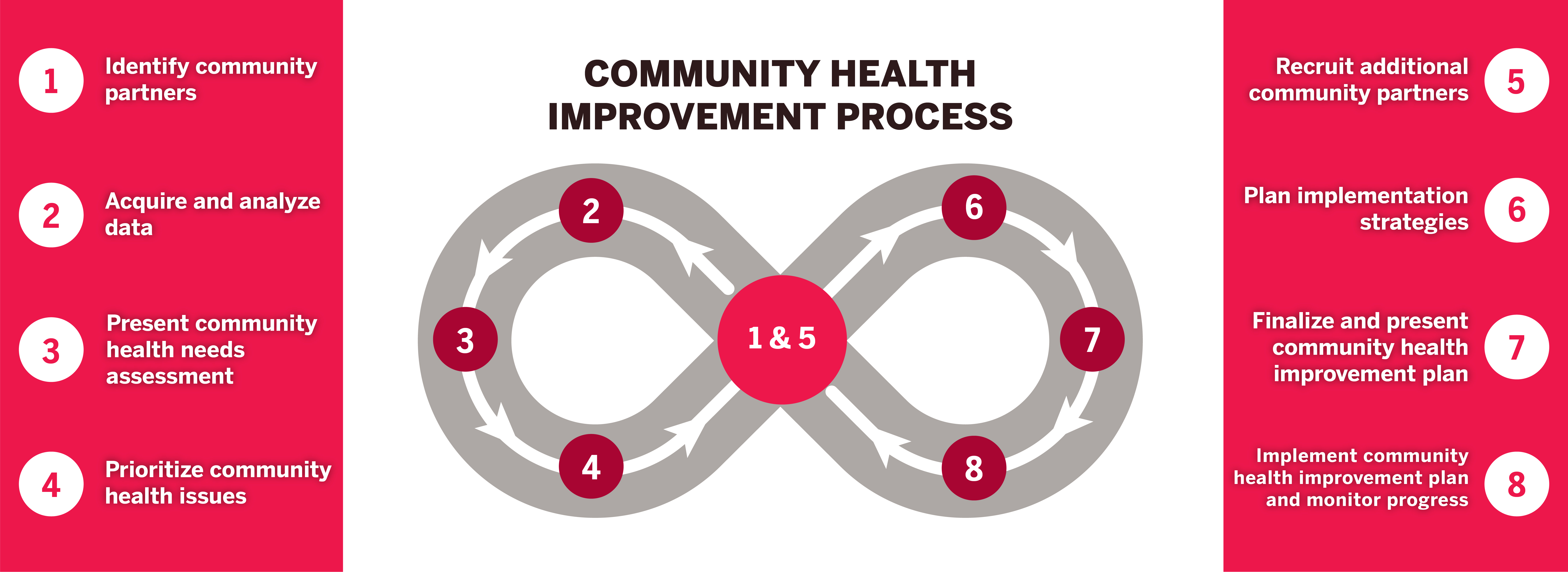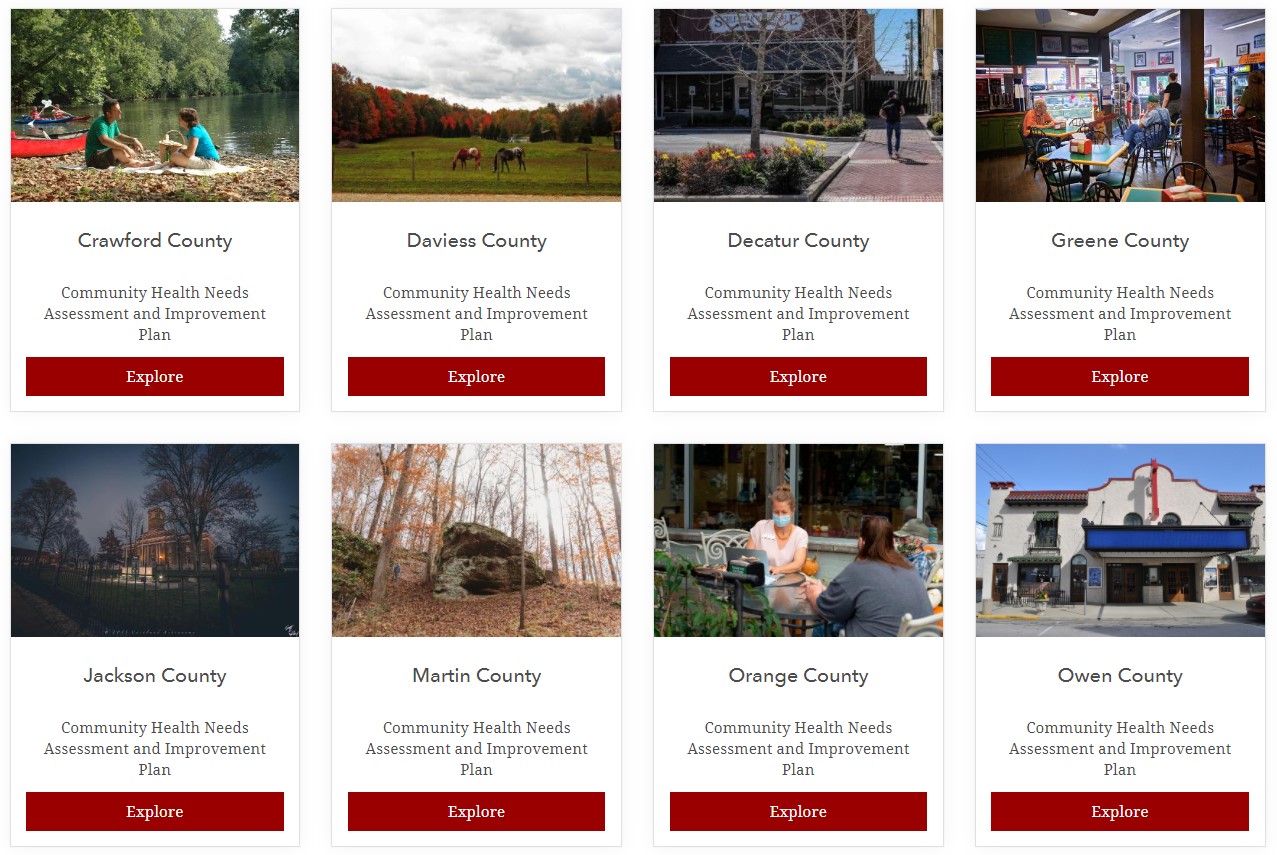There always seems to be a health issue that hits rural communities especially hard.
Chronic diseases like obesity and diabetes have become more prevalent and have led to soaring costs and decreased quality of life for many. Other issues—like the opioid crisis—have emerged more recently and forced communities to address the complicated relationship between pain, addiction, and mental health. And then there are the health issues that catch everyone off guard, like COVID-19, which has disrupted society as a whole. Despite limited resources, some rural communities have managed to confront these issues and find solutions for their residents. How do they do it?
The answer: strategic multi-sectoral partnerships with an action-oriented plan.
However, strategic partnerships don’t just happen. “You have to till the soil,” says community engagement expert and researcher Dr. Priscilla Barnes of the IU Bloomington School of Public Health. “And the best way to do that and get fertile ground, ripe for success, is to create a community health improvement plan.”
Also known as a “CHIP,” this plan is a community-specific blueprint for health and wellness interventions aimed to improve population health. They are generally completed on a county level and draw from information gathered during a community health needs assessment (CHNA), which is a data-driven assessment informed by health statistics and key informant interviews.





